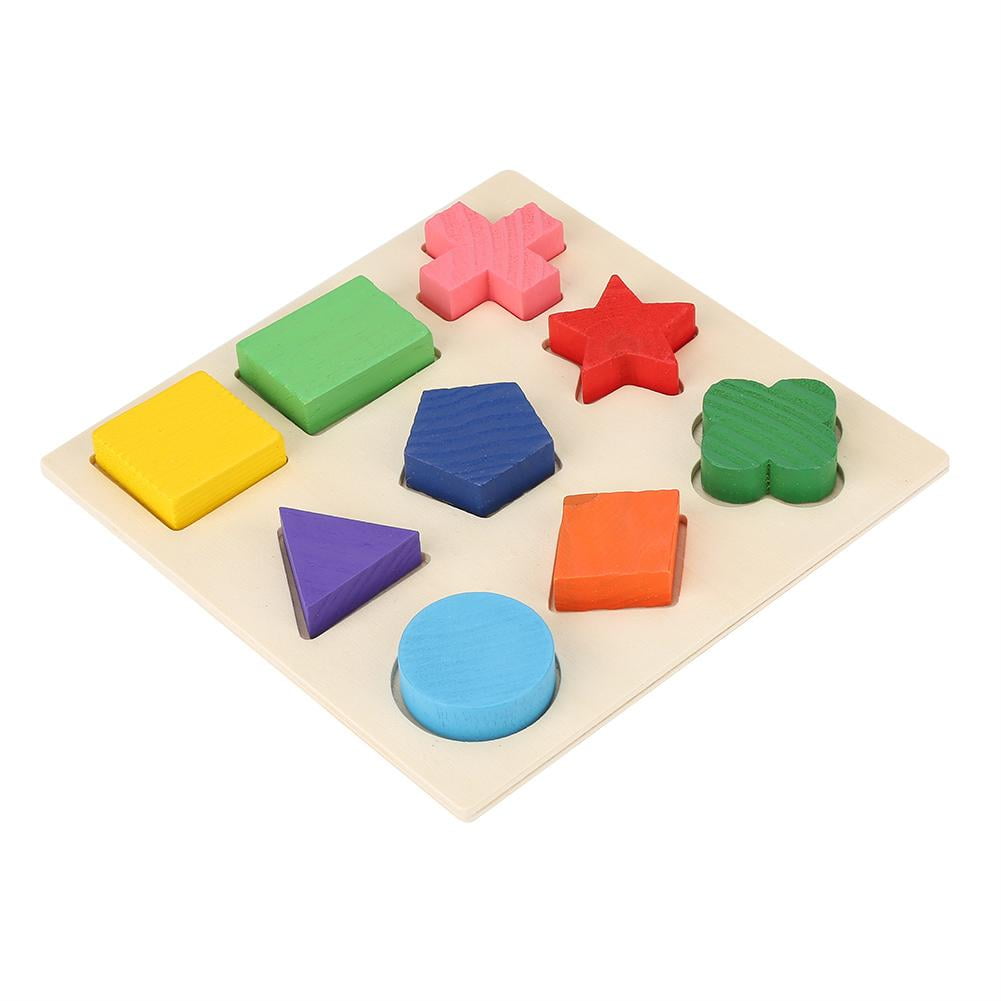
13-24 Monthsĭuring this stage your toddler will learn about trial-and-error, which is a crucial building block of puzzle play. At age 10 months, she will likely develop the pincer grasp, which lets her hold puzzle pieces with her thumb and index finger, leading to more controlled puzzle play. Maintaining a seated position is another step towards being able to play with puzzles.Īlso around age 7 months, your baby will use a raking motion to bring puzzle pieces toward her, but she may not be able to grab them for another month or so. Holding her head up leads to sitting on her own, which usually happens (with support) around age 6 months, and more independently by age 7 or 8 months. Next comes head control, which starts around age 1 or 2 months. This skill allows your baby to follow moving objects with her eyes, which will help guide her hand holding a puzzle piece to where it belongs. Let’s dig into puzzle milestones in the first, second, and third years: 0-12 Monthsĭuring her first year, your baby is developing a lot of skills that will soon help her put together puzzles, first with your guidance and then on her own! First comes visual tracking, which starts between ages 2 and 3 months.

15 December 2013.A classic toy, puzzles support several areas of development, especially fine motor and cognitive skills. “Why Puzzles are so Important for Kids Learning.” Learning4Kids. “Why Puzzles are Good for Your Child’s Development.” Parenting Today. Sara Peronto is the Marketing Manager at Penfield Children’s Center and Editor of. There are also various forms of 3-D puzzles that either come together to make a standing structure or come in the form of an object with moving pieces, like a Rubik’s Cube. Sliding puzzles, cases that hold pieces of a picture divided into squares with an empty space, can be more challenging and usually appeal to older children. These shapes may have pegs that are easier for very young children to grasp and fit in spots. Jigsaw puzzles are available for all different ages and usually involve cut out shapes that fit into a base. Puzzles are a fun and educational way to challenge children to think strategically while learning life skills. If a piece doesn’t fit, the child will set it aside, but will still need to remember its shape and color in relation to the rest of the puzzle.

When working to complete a puzzle, children have to rely heavily on their ability to remember which shapes work together to complete the picture.

When using the process of “guess and check” to find the piece that fits, a child’s eyes, brain and hands are working to identify the piece, grasp it, work with it to make it fit and choose a new piece if that one isn’t right. While developing fine motor skills, playing with puzzles requires children to learn to make their eyes and hands work together to find the right piece. Through this task, children develop small muscle movements and dexterity in their hands and fingers. This process can involve sorting and testing of various shapes until the right one is found. Playing with puzzles requires children to grasp pieces of all shapes and sizes and manipulate them to fit exactly into a cutout shape or slot. Playing with puzzles helps them to better understand how themes work together and fit into the world around them. Children’s puzzles display themes and colorful pictures such as zoo animals, vehicles, numbers or alphabet letters. When children play with puzzles, they learn the power of choice and strategy as they begin to recognize and thoughtfully understand how pieces fit together to complete a larger picture. With fun shapes and bright colors, large-piece puzzles are a favorite among small children, but they also offer an array of developmental benefits so children can learn new skills while they play.Ĭognitive learning is characterized by comprehension, organizing ideas and applying knowledge through choice and evaluation. At any age, puzzles offer the chance to work toward a goal and, literally, piece together a story or narrative. Puzzles are a popular and challenging activity for young children and adults alike.


 0 kommentar(er)
0 kommentar(er)
